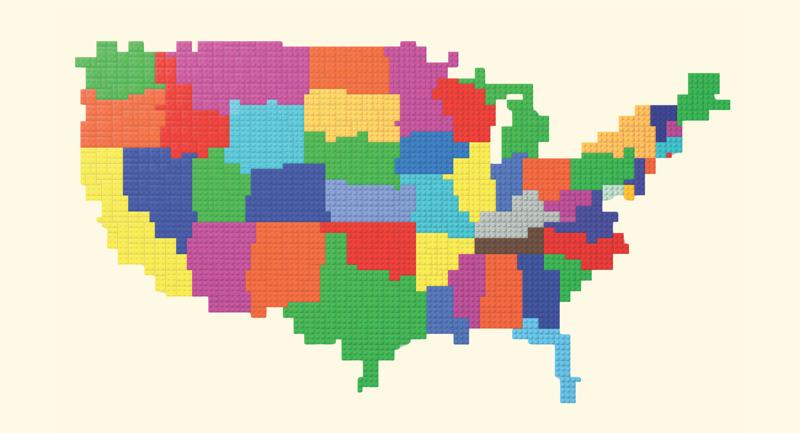Credit: Skynesher / iStock
For as long as students have received grades, they’ve likely wondered whether they’re being graded fairly or if their teachers play favorites.
Researchers have wrestled with this same question. A synthesis of international research identified 37 studies examining biases, including whether teachers unfairly grade immigrant students, male students, overweight students, and students from minority groups, among other categories (Zanga & De Gioannis, 2023).
While grading bias appears worldwide, findings vary—and become more nuanced and inconsistent when researchers use more sophisticated methods. Nearly half of these studies used advanced statistical methods to examine whether students’ class grades are consistent with standardized achievement scores—and they often found discrepancies. Yet, as the authors of the synthesis note, these gaps don’t necessarily indicate bias, as classroom learning may not align with standardized tests.
A better method for assessing bias is experimental studies. Typically, in such studies (19 of the 37 in the synthesis), researchers compare the difference in scoring when teachers grade student work “blind” (not knowing students’ ethnicity, gender, or other characteristics) versus “non-blind” (knowing them). Such studies often reveal interesting nuances in teachers’ grading bias.
For example, in 2020, David Quinn of the University of Southern California conducted a randomized online study with 1,549 teachers to examine how implicit bias might influence grading of Black versus white students’ writing (Quinn, 2020). Teachers assessed the same 2nd grade student’s personal narrative, with one randomly assigned difference: half the samples referenced a brother named Dashawn and the other half, Connor, signaling whether the writer was Black or white, respectively. (The authors explain that they selected the names from a list of the most racially distinct names.)
When asked to evaluate student writing on a vague measure—below, at, or above grade level—teachers shown the Dashawn sample were 4.7 percentage points less likely to rate it at grade level than the Connor sample (with slightly higher differences, 8 and 7 percentage points, respectively, among white and female teachers). However, when teachers used a scoring rubric, these differences nearly disappeared.
Quinn pointed to the power of rubrics as a practical way to reduce grading bias. He cited a meta-analysis of nearly 500 studies showing that while implicit bias training may shift attitudes, it rarely leads to lasting behavior change (Forscher et al., 2018). In contrast, teaching educators to create and consistently apply clear, shared grading criteria can lead to fairer, more consistent evaluation. For teachers concerned about bias, using rubrics is well worth the effort.
References
•
Forscher, P. S., Lai, C. K., Axt, J., Ebersole, C. R., Herman, M., Devine, P. G., et al. (2018). A meta-analysis of procedures to change implicit measures. Journal of Personality and Social Psychology, 117(3), 522–559.
•
Quinn, D. M. (2020). Experimental evidence on teachers’ racial bias in student evaluation: The role of grading scales. Educational Evaluation and Policy Analysis, 42(3) 375-392.
•
Zanga, G., & De Gioannis, E. (2023). Discrimination in grading: A scoping review of studies on teachers’ discrimination in school. Studies in Educational Evaluation, 78.









